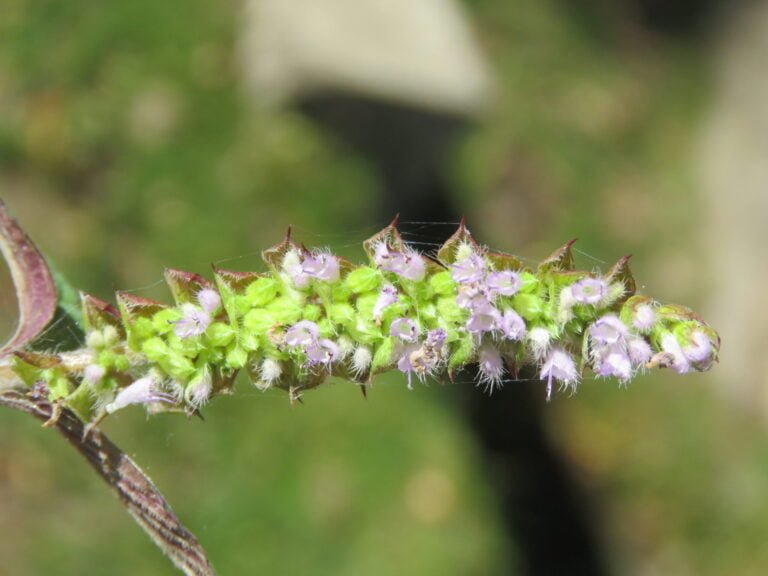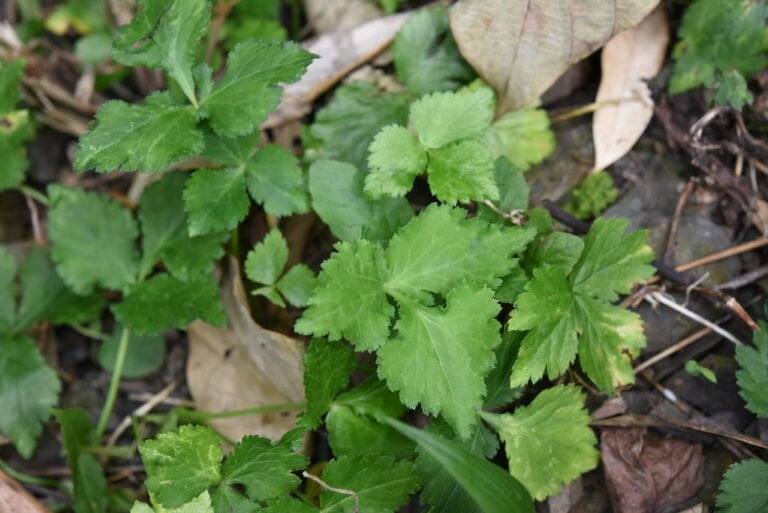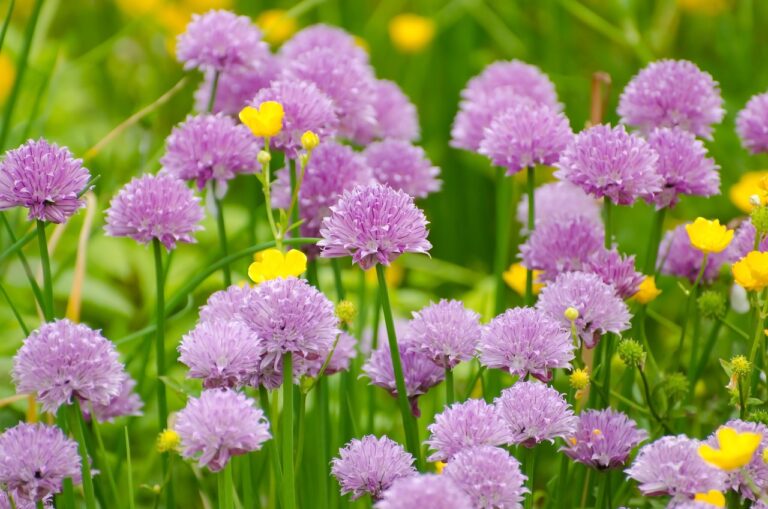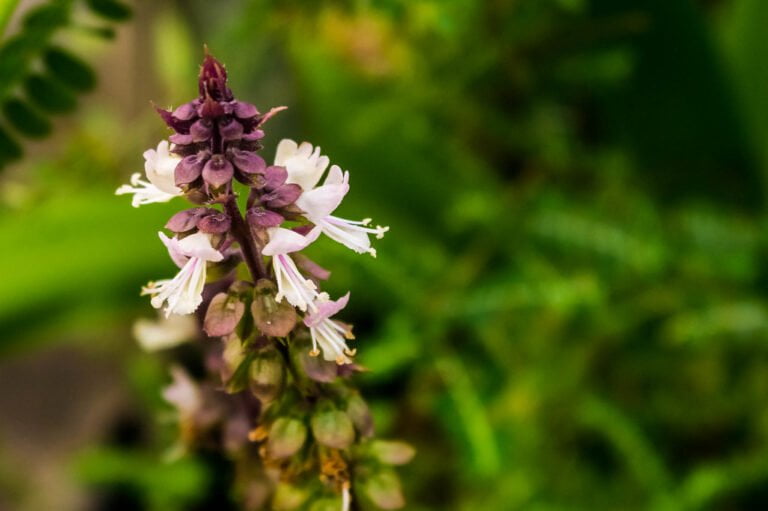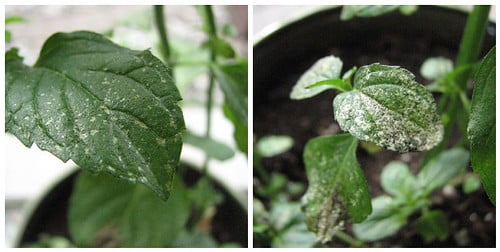Hemp
Hemp, a plant cultivated since ancient times, serves multiple purposes. Its seeds are rich in essential fatty acids, while the fibers find use in textiles, ropes, and paper for their strength and sustainability. Advanced farming methods boost production efficiency. The plant’s deep roots benefit soil health and water conservation. Remarkably, hemp plays a role in the CBD industry, offering potential therapeutic value with controlled cultivation for consistent quality. This brief overview scratches the surface of hemp’s rich history and diverse applications, showcasing its significance in various industries. Delve further to uncover the extensive benefits and versatility of this valuable crop.
Etymology of Hemp
The origin of the term ‘hemp‘ remains uncertain, with early forms such as the Greek ‘kánnabis’ providing valuable insights into its linguistic history. The name ‘kannabis’ has been linked to ancient civilizations, with historical roots possibly spreading from Iran. In Assyrian, ‘qunnabu’ was an ancient term for hemp, indicating its presence in the ancient Near East. The etymology of ‘hemp’ is intricate, reflecting its long-standing usage across various cultures.
The linguistic evolution of the term ‘hemp’ is fascinating, with cognates found in various Germanic languages. This linguistic diversity highlights the widespread historical usage of hemp and its integration into different societies. Understanding the etymology of ‘hemp’ offers a glimpse into its cultural significance throughout history. The word ‘hemp’ not only denotes the plant itself but also carries with it a tapestry of human interactions, trade routes, and agricultural practices.
Ancient civilizations valued hemp for its versatility, using it for production purposes such as creating textiles, ropes, and even food. The seeds of the cannabis plant were also significant, providing a source of nutrition and other essential elements. The etymology of ‘hemp’ encapsulates a rich tapestry of historical usage, cultural importance, and the enduring legacy of this plant in human civilization.
Uses of Hemp
Utilizing hemp in various industries offers a sustainable and eco-friendly alternative to traditional materials. Hemp seeds contain oil which is rich in essential fatty acids and can be extracted for various purposes. The oil is commonly used in food products and for its potential health benefits. Additionally, hemp seed meal, a byproduct of oil production, is a valuable source of protein and can be incorporated into animal feed.
In the production of hemp, different parts of the plant are utilized for various industrial applications. Fiber hemp, for instance, is used in making rope, textiles, clothing, and paper. Hemp paper stands out for its longer fibers, lower lignin content, and higher strength compared to paper made from wood pulp. This makes it a sustainable choice for paper production.
Moreover, hemp is a versatile crop with a variety of uses. Its strains are cultivated to yield more fiber per hectare annually than forests, and they have a shorter maturity period. The minimal presence of psychoactive substances in hemp strains makes them suitable for industrial purposes without the risk of unwanted side effects. Overall, the diverse applications of hemp in different industries highlight its potential as a valuable resource for sustainable and environmentally friendly practices.
Processing and Cultivation of Hemp
In processing and cultivating hemp, modern agricultural techniques have streamlined the production of this versatile plant for a myriad of industrial applications. The Department of Agriculture oversees the cultivation of industrial hemp in the United States through the Domestic Hemp Production Program, established under the Farm Bill. This program guarantees that hemp varieties grown for industrial purposes contain less than 0.3% THC, differentiating them from marijuana strains.
Hemp seed oil, extracted from the seeds of industrial hemp plants, contains approximately 30% oil rich in essential fatty acids. This oil is a valuable source of nutrition and is utilized in a variety of food products, contributing to the health benefits associated with hemp consumption. Additionally, hemp oils are used in the production of cosmetics, supplements, and other wellness products due to their unique composition.
Cannabidiol (CBD), a compound found in hemp, has gained popularity for its potential therapeutic effects. CBD is extracted from hemp plants and incorporated into various products, including oils, edibles, and topicals. The controlled cultivation and processing of industrial hemp guarantee consistent CBD content in these products, meeting consumer demand for natural remedies without the psychoactive effects of THC.
Environmental Impact of Hemp
Harnessing the environmental benefits of hemp cultivation involves maximizing its resource-efficient practices and natural resilience. When considering the environmental impact of hemp, several key factors come into play:
- Water Conservation: Hemp cultivation requires notably less water compared to traditional crops like cotton, making it a more sustainable option. This reduced water usage helps in conserving this precious resource and lessening the strain on water systems.
- Soil Health and Ecosystem Resilience: The deep roots of hemp plants help prevent soil erosion and improve soil health. By boosting soil quality, hemp contributes to the overall resilience of the ecosystem where it is grown, supporting biodiversity and ecological balance.
- Pesticide Reduction and Chemical Runoff: Hemp cultivation typically does not necessitate pesticides or herbicides, reducing chemical runoff and environmental pollution. This practice not only benefits the surrounding environment but also promotes healthier farming practices that are less harmful to ecosystems.
The rapid growth cycle of hemp, along with its ability to sequester carbon, makes it a valuable tool in mitigating climate change and promoting sustainable practices. By understanding and maximizing the environmental benefits of hemp cultivation, we can take significant strides towards a more sustainable and eco-friendly agricultural industry.
History of Hemp
With origins dating back to at least 2800 BCE in China, hemp has a rich history intertwined with various industrial and cultural uses. Hemp cultivation has ancient roots, with historical implementations primarily focused on textiles and ropes. The versatility of hemp was evident in China over 2,000 years ago, where hemp paper was produced, showcasing its early adaptability.
During colonial times, hemp played a vital role in America as a significant crop, particularly valued for naval applications such as sails and ropes due to its strength and durability. This historical significance highlights hemp’s practicality and utility in various industries.
In modern times, hemp continues to thrive in the textile industry, offering sustainable and durable materials for clothing and fabrics. Moreover, the versatility of hemp has led to the development of CBD oil for potential health benefits, biofuels for renewable energy sources, and fibers used in the automotive and construction industries. The historical trajectory of hemp cultivation and its evolution into a multi-faceted resource underscores its enduring importance in industrial and cultural contexts.

